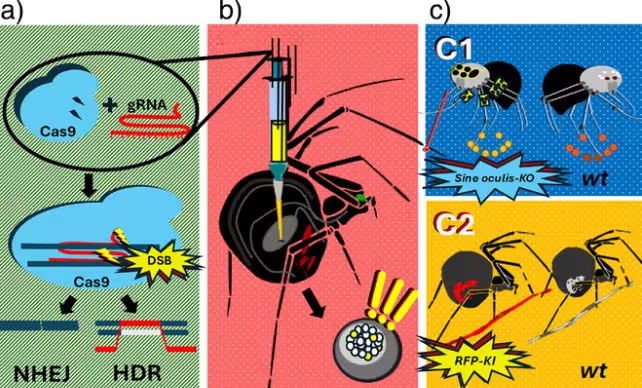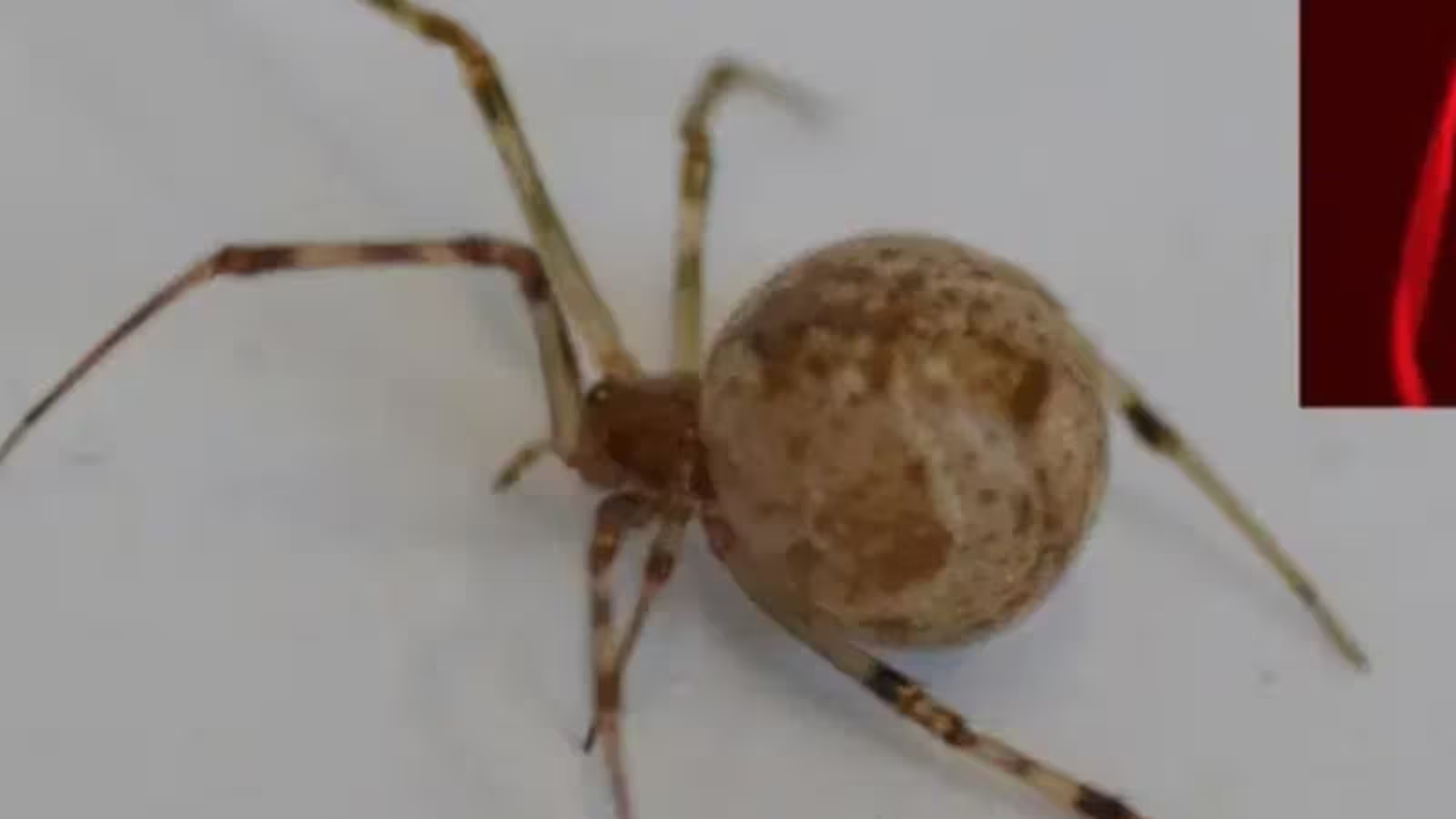4 Minutes
Genetic Engineering Breakthrough: CRISPR Used on Spiders for the First Time
Researchers from the University of Bayreuth in Germany have achieved a pioneering milestone by using CRISPR-Cas9 gene-editing technology to genetically modify spiders for the first time. This innovative work led to house spiders capable of spinning fluorescent red silk, demonstrating the feasibility of functional genetic modifications in arachnids—a group that until now had eluded such direct manipulation.
Unlike the science fiction origin stories of superheroes like Spider-Man, these genetically modified spiders are not radioactive and remain non-threatening in terms of venom. Aside from the introduced genetic changes, they are typical house spiders (Parasteatoda tepidariorum). Nonetheless, their new traits, such as eye loss and fluorescent silk production, mark an important step forward in biomedical engineering and materials science.
The Science Behind CRISPR-Edited Spider Silk
CRISPR-Cas9 is a revolutionary genome-editing technology that enables scientists to precisely add, remove, or replace specific sections of DNA. Prior to this research, CRISPR had not been successfully applied to spiders, even though spider silk is renowned for its exceptional properties, including tensile strength that rivals steel, remarkable elasticity, and lightweight flexibility. These characteristics make spider silk an attractive target for advanced material development in fields ranging from biomedicine to aerospace engineering.
"Considering the wide range of possible applications, it is surprising that there have been no studies to date using CRISPR-Cas9 in spiders," explains Professor Thomas Scheibel, an expert in biochemistry at the University of Bayreuth and the project's senior author.
Experiment Details: How Scientists Modified Spiders
To establish a methodology for genetic editing in spiders, the research team focused initially on a proof-of-concept gene knockout. They chose the sine oculis gene, which plays a key role in spider eye development. By customizing the CRISPR-Cas9 complex and injecting it into the abdomens of anesthetized female house spiders, they targeted the spiders' egg cells. When these eggs were fertilized, the resulting spiderlings exhibited either missing or underdeveloped eyes, proving that CRISPR editing was effective in vivo.
Building on this success, the next phase of the experiment targeted the genetic architecture of spider silk. Scientists identified and edited genes responsible for the production of spidroins—the primary proteins constituting the strongest spider silk. Using CRISPR, they inserted a gene encoding for a red fluorescent protein, resulting in spider offspring that produced glowing red silk. This innovative technique effectively demonstrated the ability to "knock in" new functions to spider silk using gene-editing tools.

Implications for Materials Science and Beyond
Natural spider silk is a marvel of biological engineering, with different spider species producing at least seven types of silk, each adapted for specific tasks such as web construction or prey capture. While artificial spider silks have been developed, their production and performance are only now beginning to rival natural counterparts. The ability to directly modify spider silk proteins via gene editing opens up unprecedented opportunities to functionalize silk for specific applications.
As Professor Scheibel notes, "We have demonstrated, for the first time worldwide, that CRISPR-Cas9 can be used to incorporate a desired sequence into spider silk proteins, thereby enabling the functionalization of these silk fibres. The potential to enhance the already impressive properties of spider silk could lead to high-performance materials for biotechnology, medicine, and engineering."
Why Spiders and Their Silk Matter
Spiders have thrived on Earth for over 400 million years, diversifying into more than 50,000 known species and ranking seventh in total species diversity among animal groups. Their silk's extraordinary mechanical properties have inspired decades of research, but large-scale farming of spiders is impractical due to their solitary and predatory nature. This has limited access to natural spider silk, making breakthroughs in genetic modification especially valuable.
Edited spider silk with tailored properties could be used in surgical sutures, biodegradable textiles, or next-generation composites. With CRISPR-Cas9, researchers can now accelerate the development of bioengineered spider silks and explore new facets of biomaterial science that have, until now, remained out of reach.
Conclusion
The successful genetic modification of spiders using CRISPR-Cas9 marks a transformative advance in both genetic engineering and materials science. By enabling spiders to produce fluorescent red silk, this research not only establishes a practical approach for editing arachnid genomes but also paves the way for future innovations in high-performance, biologically-derived materials. As CRISPR technology continues to evolve, the implications for science, technology, and industry could be profound, expanding our ability to engineer living systems for the benefit of society.


Comments